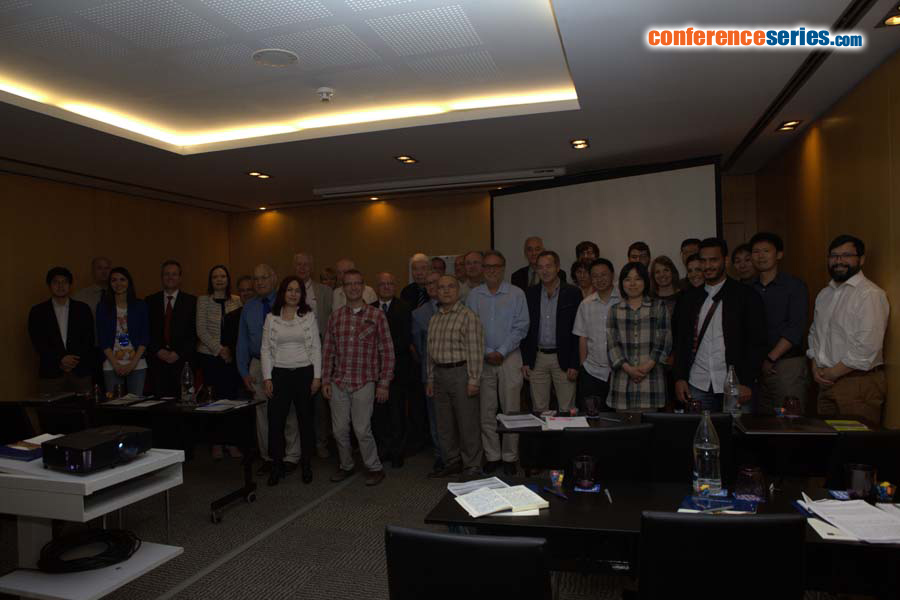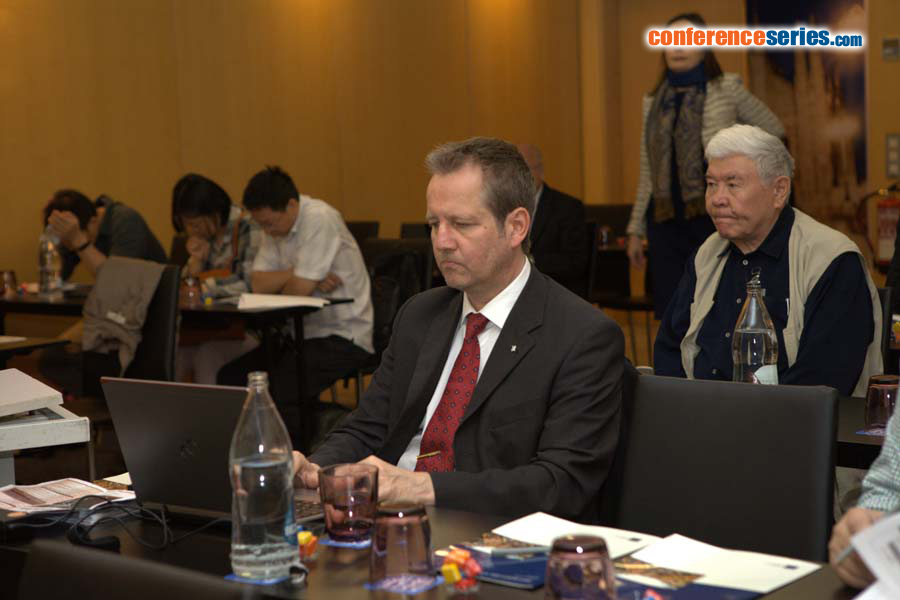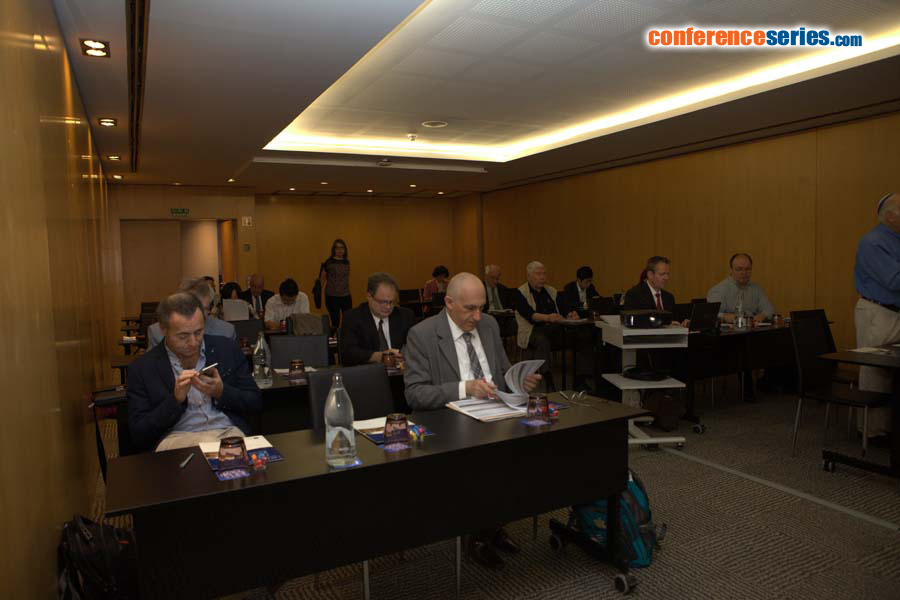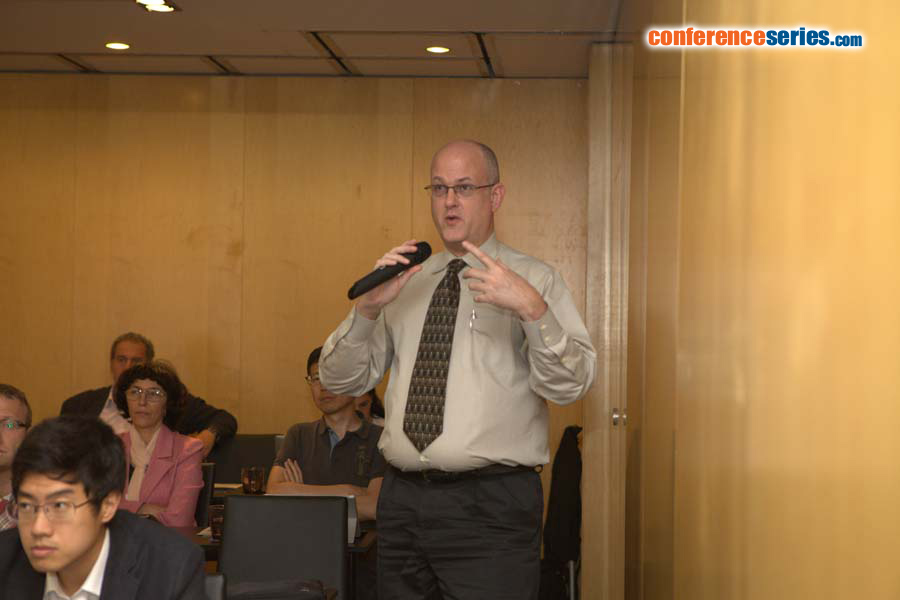
Hooshang Asadi Haroni
The University of Western Australia
Australia
Title: Application of remote sensing in mapping potential gold mineralization in Muteh gold mining area, Iran
Biography
Biography: Hooshang Asadi Haroni
Abstract
Muteh gold mining area is located in 160 km NW of Isfahan town in the Sanandaj-Sirjan metamorphic zone of central Tethyan belt in Iran. Muteh is the oldest active gold mine in Iran. Gold mineralization at Muteh is orogenic type in origin and is associated with fractured metamorphosed rocks such as metarhyolites showing hydrothermal clay alterations, silicification, carbonatization as well as iron oxides such as hematite and goethite (Moritz et al., 2006). Image processing and interpretation were applied on the ASTER satellite imagery data (Beiranvand and Hashim, 2011) of about 400 km2 at the Muteh gold mining area to identify important hydrothermal alteration minerals and iron oxides associated with gold mineralization. After applying preprocessing methods such as radiometric and geometric corrections, image processing methods such as false colored composite FCC), principal components analysis (PCA), least square-Fit (Ls-Fit) and spectral angle mapper (SAM) were applied on the ASTER imagery data to identify hydrothermal alteration minerals and iron oxides (Asadi and Lavafan, 2007; Asadi et al., 2007) . In this research, reference spectra of important minerals such as chlorite, hematite, goethite, quartz and clay minerals such as kaolinite, illite, smictite and phengite, identified from laboratory spectral analyses of collected samples of the Muteh gold mining area measured at the GEOSENSE company in the Netherlands, were resampled to ASTER band position (Moore et al., 2008), and then used to map several zones the known and unknown hydrothermal clay alterations, silicification and iron oxides in the Muteh and surrounding Muteh gold mining areas. This study identified four known gold mineralized areas of Senjedeh, Cheh Khatun, Chah Allameh and Chah Ghorom in the Muteh gold mining area. In addition, several other important targets showing similar important minerals were identified in the surrounding Muteh gold mining area. Finally, identified zones of the hydrothermal alteration minerals and iron oxides were validated by visiting and sampling them in field, and three targets, showing gold and associated arsenic and antimony mineralization, were suggested for future exploration.






